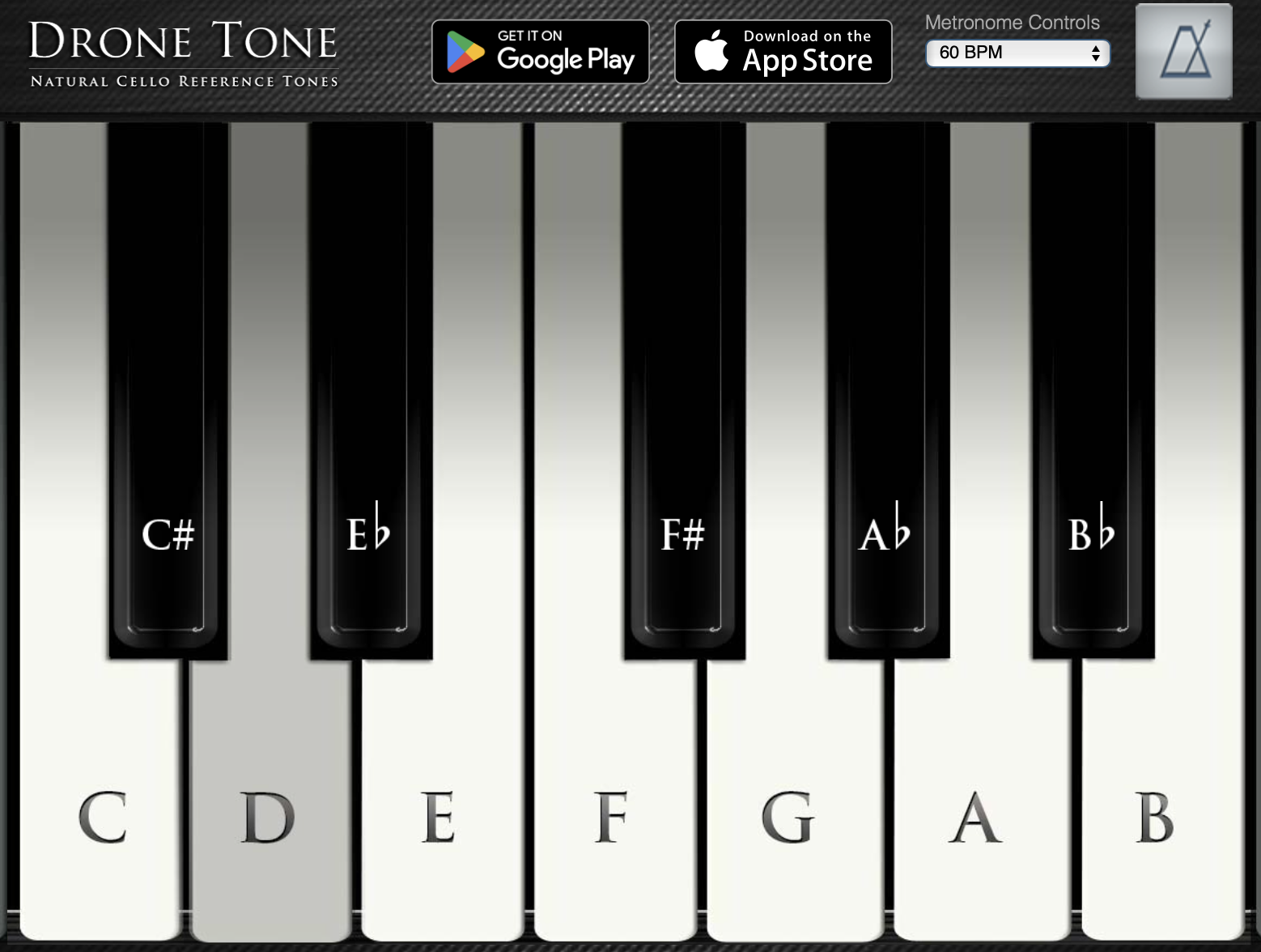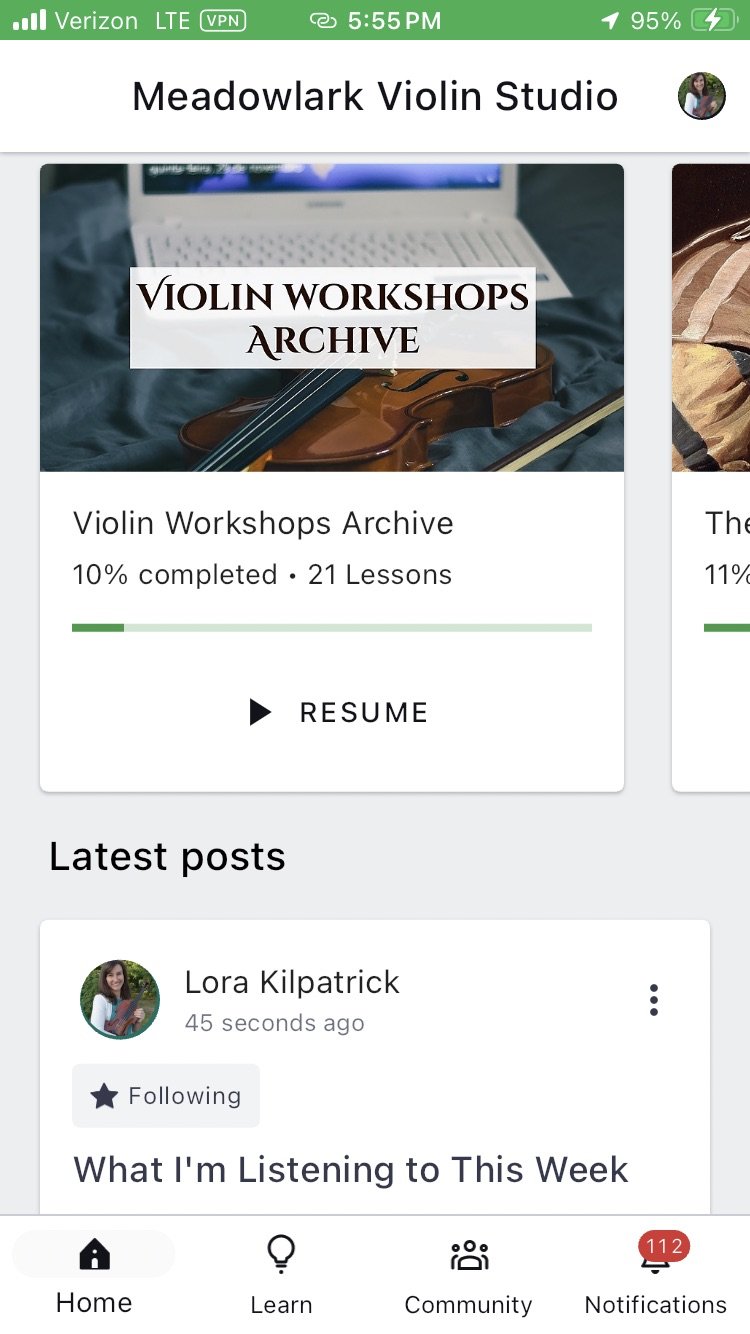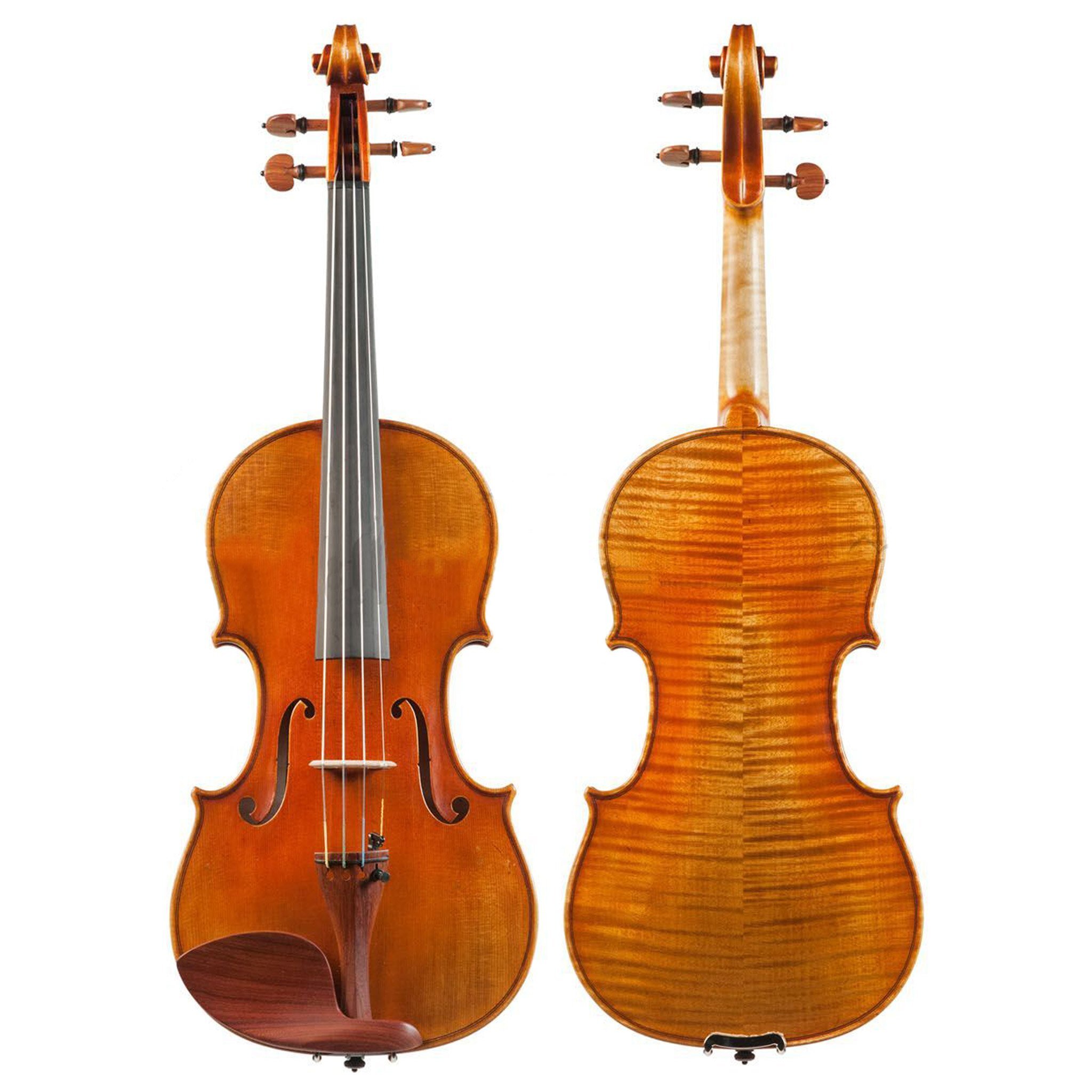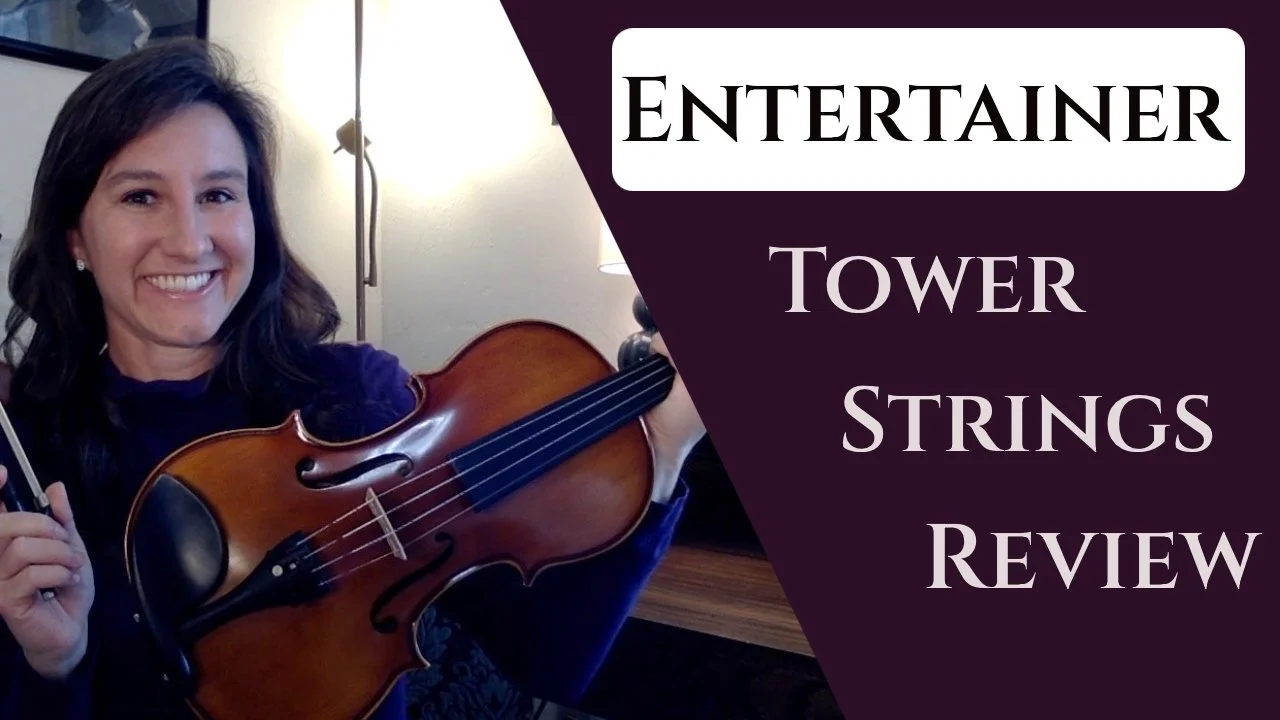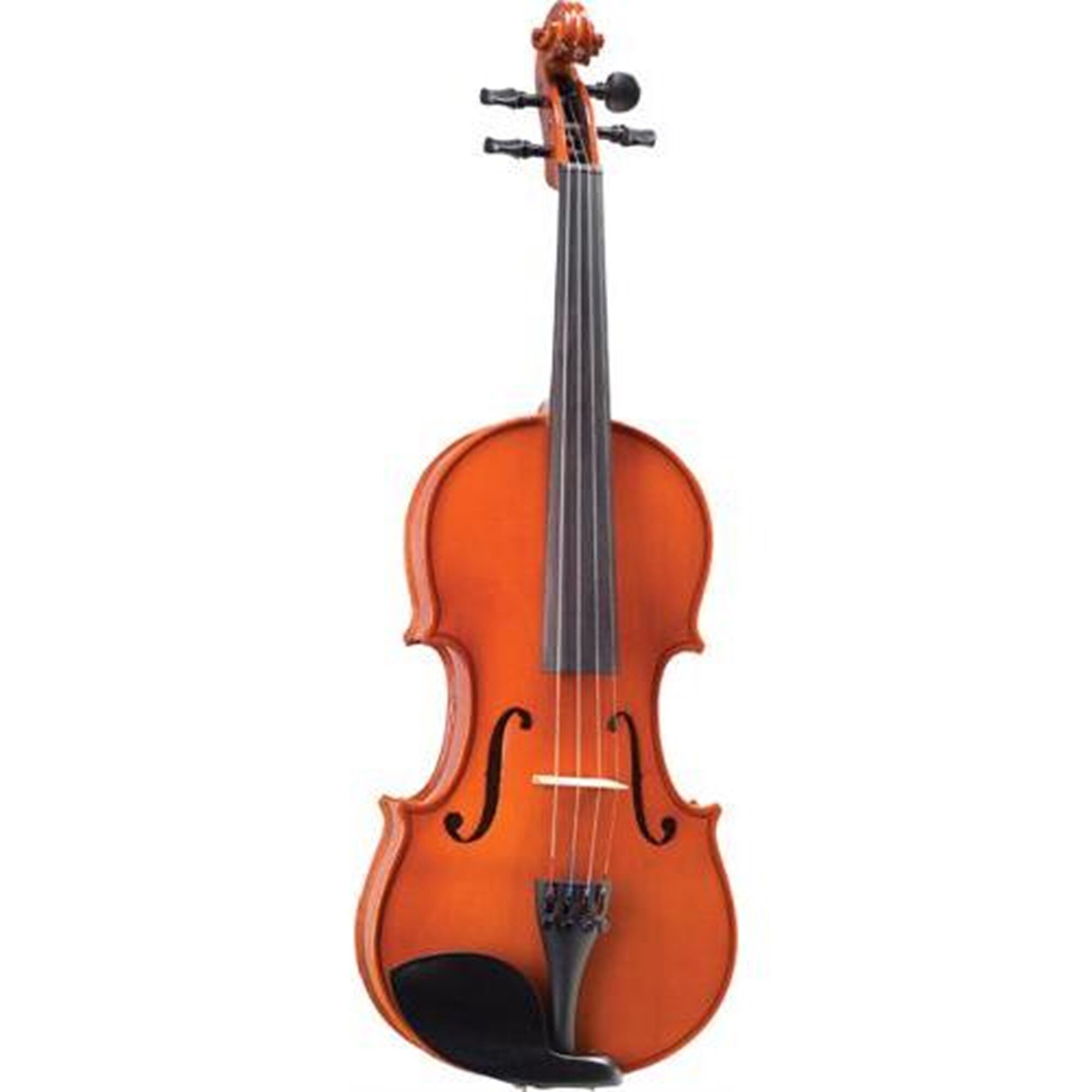Best Violin Bows: A Violin Teacher’s Guide to Choosing the Right Bow
/Choosing the right violin bow is just as important, if not more important than the violin itself, especially for beginners. A good violin bow will make it easier for you to play multiple bow strokes, have smoother string changes, and produce a better tone. You might not realize how a cheaper violin bow is holding you back until you try out a better bow.
Picking out a violin is all about sound, but choosing the right violin bow is all about feel and ease of playing. You really can’t tell how a violin bow will play until you hold it, tighten up that hair, and play! Which is why I am only recommending beginner and intermediate violin bows that I have personally played and tested using my own Better Bow Analysis scoring system.
I’m not going to recommend a bow to you that I haven’t personally played!
In this ultimate guide to choosing the right violin bow, I’ll be discussing the following topics. Skip ahead if you like!
My Top 3 Picks
Best Bow for Beginners
Holstein 2-star Sandalwood
Easy to control
Good tone
Best Bow for Advancing Beginners
Fiddlerman Performance Series Carbon Fiber
Richer Tone
Advanced bow strokes
Best Bow for Intermediate Players
Holstein 3-star Pernambuco
Very responsive
More finesse
Keep reading for more detailed reviews of all of these bows!
What is the difference between cheap and expensive violin bows?
As you go up in price, better violin bows will be made of better materials and will have better quality craftsmanship. While qualities vary, better bows will have quicker response as you pull the bow across the string. The weight will often feel more balanced in the hand, as opposed to being tip-heavy. Better bows will also be much more responsive to your muscle inputs, which means you don’t have to make large muscle inputs to get a response. Kind of like a well-trained horse!
Can beginner violinists play on advanced bows?
When searching for the best violin bows for beginners, you might often see violins and bows divided into categories of beginner, intermediate, and advanced. As you go up in category, you’ll also go up in price!
But can a beginner violinist use an advanced bow?
When it comes to violins, a beginner can play an advanced (more expensive) violin. It will only make your life easier. However, with violin bows, it can go either way. Sometimes the more expensive bow will be harder to control, because it’s more responsive. If your muscles aren’t trained to make those fine adjustments, the violin bow might seem like a sports car with a mind of its own!
But this isn’t always the case. And this is where it comes down to feel. You just have to try out bows to see which ones are best for you. Don’t be afraid of bows that are very responsive. You will never learn those fine motor inputs if your bow is slow and unresponsive.
As I review beginner violin bows and intermediate violin bows, I’ll tell you which ones are good for beginners, and which ones might require a more advanced skill level.
How much should I spend on a violin bow?
Bows range in price from whatever bow-shaped-object you might find on the internet to $700,000 for a Tourté bow, the Stradivarius of bows!
I would avoid buying any bow cheaper than $50. A good beginner violin bow will cost anywhere from $70-$200. An intermediate bow will take you from $200-$500. I would consider $500-$1000 advanced and $1000+ will take you into a very advanced or professional quality violin bow.
Carbon Fiber Vs. Wood
What material is best for a violin bow? Carbon fiber or wood?
Bows are made out of different materials and the two big options are wood or carbon fiber.
Bows have been made out of wood for centuries and there are different hierarchies of wood with pernambuco being the most desirable. Other woods include brazilwood or sandalwood.
Now you might be wondering is carbon fiber better than wood. If you’re looking at bows under a hundred dollars, yes, I generally think carbon fiber is better. As you get into higher price ranges I don’t think you can say one is better than the other. It’s more of a case by case comparison and will vary depending on your needs.
Carbon fiber is more durable but that shouldn’t necessarily play a factor in your decision unless you’re buying for a child who’s going to be using the bow for sword fights at school. When it comes to sword fights, yes carbon fiber will beat out wood every time. So if you want your child to win that sword fight, go for carbon fiber.
Now if you’re not using your bow for sword-fighting then this isn’t a huge factor. The only reason you might want to side with carbon fiber for the durability factor is if you’re playing outside a lot or using it for camping and you want a good, sturdy back up bow.
Very cheap bows will be made of fiberglass and will feel very clunky and have a slow response on the strings. I would avoid fiberglass and instead go for a carbon fiber if you’re looking for a budget-friendly beginner violin bow.
Now that we’ve discussed the basics, let’s talk about the best violin bows for beginners!
Best Beginner Violin Bows
The Fiddlerman Carbon Fiber Bow
This bow comes standard for some of Fiddlershop’s violin outfits and it’s an upgrade option for some of their more budget-friendly violin outfits. I would definitely recommend upgrading to this bow as it is much better than standard violin bows that come with most beginner violin outfits.
This violin bow is great for beginners. It’s stable and will allow you to learn all of the basics well. As you get into the complexities of sustaining weight to produce a good tone, or if you are learning more advanced bow strokes, you may begin to outgrow this bow. While that’s expected for a bow under $100, this bow will still give you ample room to grow as a brand new beginner.
The Fiddlerman Carbon fiber bow also comes in “Noir.” It’s the same bow but with premium black Siberian horse hair for better grip and articulation.
You can also purchase this bow with the frog in snakewood (image below).
Pros
-Great for learning the basics
-Stable
-More responsive than standard beginner violin bows
Cons
-Slightly heavier at the tip
Holstein 2-Star Sandalwood Violin Bow
This bow is a fantastic beginner or early intermediate violin bow. It has a very balanced feel with a lot of power and control.There’s really no cons to this bow for its price range. It does all of the basic bow strokes and some of the more advanced ones well. It’s stable so it feels easy to control. If I were recommending a bow for someone just starting off, this would be my number one pick. It’s going to help you master all of the basics and allow you to get into intermediate and some advanced concepts without any issues.
Pros
-Best violin bow for brand new beginners
-Good for advanced beginners and early intermediate as well
-Great control and feel
Best Violin Bows for Intermediate Players
Holstein 1-Star Pernambuco Violin bow
If you want a little bit more finesse, the Holstein Pernambuco 1-star is a great option. This bow is really light, agile, and lively. It definitely has its own personality, making it a lot of fun to play! It can take more weight than the Holstein Sandalwood bow and it’s a little bit cleaner on bow strokes like staccato. When you really start to think about producing a good, solid tone, this bow will help you do it. Because it is so lively and responsive, it could be harder to control if you don’t already have some right hand skills. But it will be great for someone looking to upgrade to get more nuance and finesse.
Pros
-Very Light
-Lively
-Responsive
-Great for advancing beginners or intermediate players
Cons
-Extreme responsiveness might make it harder to control for brand new beginners.
Fiddlerman Performance Series Carbon Fiber Bow
This bow feels a little bit heavier than the 1 star and because of that it tends to feel more stable. It does beginner and advanced techniques really well and I feel like it keeps good contact with the string. This is a good option if you want a more stable bow as it will help you produce a good, clean, focused tone. If you actually wanted to start off with this bow, you definitely could. It’s beginner-friendly but it also has that intermediate and more advanced capability.
Pros
-Very stable
-Brand new beginner-friendly but also great for advancing players as well
Cons
-Not quite as responsive as the Holstein Pernambuco 1 Star
Holstein 2-star Pernambuco Violin Bow
This intermediate violin bow is definitely is a step up. It feels like the best of both worlds between the Holstein 1 Star Pernambuco and the Performance Carbon Fiber. It has the stability of the Performance Carbon Fiber even though it’s still light and responsive and has a more clear focused sound. It will take quite a bit of weight as well. It does string crossings a little bit better than the carbon fiber and overall it has more finesse. Out of all the bows I’ve talked about so far, this one did spiccato the best so if you’re getting into more advanced bow strokes this is a good bow for it. This bow would be great for you if you’re getting into more intermediate or advanced techniques or if you’re a beginner who wants to start off with a really good bow, this is a great pick.
Pros
-Combines stability of Performance Carbon Fiber with finesse of Pernambuco 1 star
-Suitable for beginners
-Great violin bow for intermediate or advancing players
-Does advanced bow stokes well
Holstein 3-Star Pernambuco Violin Bow
All of these bows were great for their prices but this Holstein 3 Star Pernambuco did outperform all of the other beginner and intermediate violin bows. It was very enjoyable to play and was actually comparable in many ways to my much more expensive German bow. I would be very happy using this bow on a daily basis. It’s actually a little easier to play than all of the other bows and that’s usually what you get when you spend more money. It’s very smooth, responsive, and it has good, crisp articulation when you want it. Any time you need fast bow speed with a rich, full sound, this bow delivers. It gives you good contact with the string and it will also take a lot of weight.
If you want a bow that you’re not going to need to upgrade for a really long time, if ever, this is a great bow. You could definitely play advanced techniques and advanced music with this bow and be very happy.
Pros
-Stable, but agile
-Very responsive but still easy to control
-Produces a wide variety of colors and dynamics very easily
-Creates a beautiful, rich tone
-Makes it easier to do advanced bow strokes
Common Questions About Upgrading Your Violin Bow
Here are some other common questions you might hav when shopping for the right violin bow.
Is a lighter or heavier bow better for violin?
This depends on your preference. A lighter violin bow will usually be very responsive and lively, although it might not produce as full of a tone. Heavier bows might feel more stable and make it easier to produce a full tone, but they may lose some responsiveness.
Regardless of whether a bow is heavy or light, it should feel balanced. Extremely heavy bows might also induce more tension or fatigue when playing for long periods of time.
Is a Round or Octagonal Violin Bow Better?
You may notice that the stick of the bow will sometimes be completely round, and other times it will be octagonally shaped. Which one is better?
You will hear violinists say that a round bow is more responsive. Then you might hear an equally accomplished violinist saying an octagonal bow is more responsive. Which one is it?
Personally, I think the differences you may be feeling between bows will be more of a factor of material and craftsmanship over round or octagonal sticks.
If you could find two bows, one round and one octagonal, made of the exact same material, crafted by the exact same maker, using the exact same bow hair and the same rosin, sure, you might be able to tell some differences between the round stick and the octagonal stick. But when you’re comparing bows across different brands and different materials and different price ranges, don’t get stuck on whether or not the stick is round or octagonal.
Just choose the bow that you like the best!
How many bows should a violinist have? Why do violinists have more than one bow?
Violinists have multiple bows because you always need to have a back up. You will need to get your bow rehaired every year. If you play frequently, you may need to get the bow rehaired two or three times a year. The rehair process might take a couple days or a week depending on your luthier. If you have to ship off your bow to get it rehaired, it could take even longer.
I don’t really want to resort to playing pizzicato for several weeks out of the year, which is why I have multiple bows!
Conclusion
Choosing the best student violin bow, or the best bow for intermediate and advancing players can be challenging. All of these bow options are good choices depending on your skill and preferences.
I hope this helps you make a decision when it comes to upgrading your violin bow!
Happy Practicing!
~Lora























